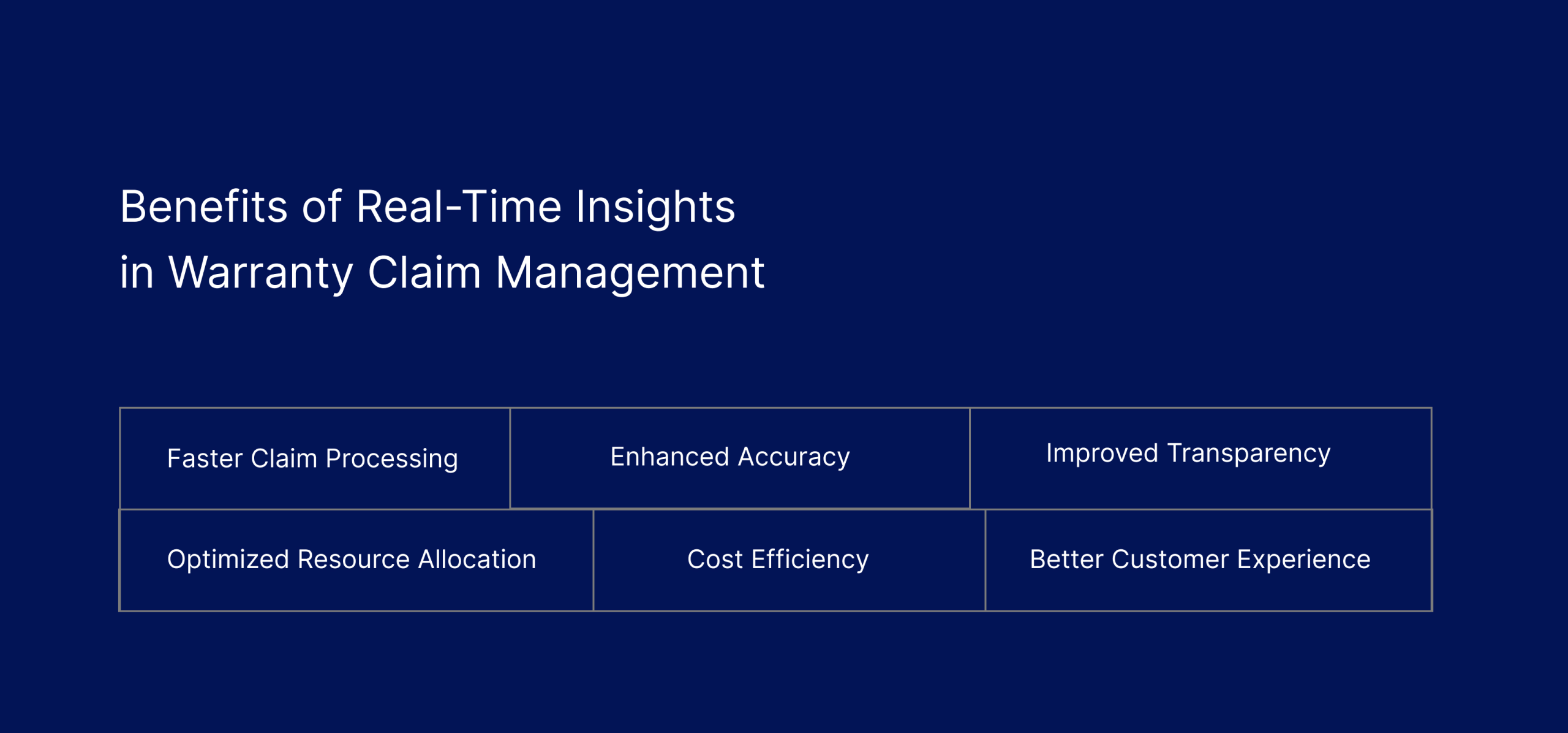- Sales Process Management
How automation improves field service efficiency
Warranty claim management is often riddled with challenges like manual processes, communication gaps, and costly delays. These complexities can significantly impact a business’s efficiency and customer satisfaction if not handled effectively.
This blog covers these common issues in traditional claim handling and demonstrates how real-time insights improve efficiency and transparency. Explore the benefits of automating data collection, enhancing collaboration, and leveraging advanced analytics to streamline workflows.
Additionally, the blog offers actionable best practices for integrating modern solutions to achieve faster claim resolutions. Learn how to optimize resource utilization and help businesses maintain a competitive edge in a dynamic market.
Traditional warranty claim management, particularly in the home and automotive sectors, often faces hurdles that impact efficiency and profitability. Outdated processes, manual workflows, and fragmented communication channels contribute to delays, increased costs, and customer dissatisfaction.
Addressing these challenges with modern, data-driven solutions can transform warranty management into a strategic asset for businesses.
Data-driven insights play a pivotal role in transforming claim management, offering significant advantages in efficiency and speed. By integrating advanced analytics, automation, and real-time data tracking, businesses can enhance claim-handling processes, reduce delays, and improve overall customer satisfaction.
In automotive warranty claim management, analytical insights enable service providers to access up-to-date data on vehicle maintenance history, warranty coverage, and part availability.
This allows for quicker verification of claims and accelerates repair or replacement processes. Service centers can also automate routine tasks, such as claim validation and approval workflows, minimizing manual intervention and reducing processing times.
For home warranties, data analytics and insights provide visibility into service requests, technician availability, and repair schedules. Automated systems can quickly match claims with available service providers, streamline scheduling, and offer proactive communication to homeowners. This transparency helps manage customer expectations and reduces the likelihood of disputes.
Furthermore, data-driven information offers predictive insights, allowing warranty providers to anticipate potential issues and optimize resource allocation. They can identify trends in claim patterns, enabling data-driven decisions that improve operational efficiency.
By reducing delays and enhancing accuracy, businesses not only improve claim turnaround times but also strengthen customer trust and loyalty.

Adopting a data-driven approach enhances operational efficiency in warranty management and offers businesses a competitive edge. By utilizing advanced analytics and automation, businesses can gain valuable insights, streamline processes, and improve customer satisfaction.
Faster Claim Processing
Real-time data access enables quick validation of claims, automating approval workflows and reducing manual intervention. This accelerates processing times and ensures timely resolutions.
Enhanced Accuracy
Automated data collection and analysis minimize human errors in claim entries and assessments. Data validation and predictive analytics ensure that claims are processed based on accurate and consistent information.
This not only improves the precision of claim evaluations but also reduces the risk of discrepancies and disputes, leading to smoother claim settlements and improved stakeholder confidence.
Improved Transparency
Real-time dashboards provide visibility into claim statuses for both service providers and customers. This transparency helps manage expectations and reduces follow-up inquiries.
Optimized Resource Allocation
Predictive analytics identify trends in claim volumes and service demands, allowing businesses to allocate resources efficiently. This ensures that teams and service providers are well-prepared to handle claims without delays.
Cost Efficiency
Automating routine tasks and reducing manual efforts lowers operational costs. Valuable insights help identify potential cost-saving opportunities, such as detecting fraudulent claims early.
Better Customer Experience
Proactive communication and faster claim resolutions enhance customer satisfaction. Keeping customers informed at every step builds trust and loyalty.
Effective warranty claim management requires a strategic approach that leverages real-time solutions to optimize processes and enhance outcomes. By integrating advanced technologies and adopting best practices, businesses can streamline claim handling, reduce delays, and improve overall efficiency.
By following these best practices, businesses can enhance their claim management processes and maintain a competitive edge in a dynamic market.
As businesses continue to innovate, real-time solutions will play a pivotal role in optimizing claim processes. By adopting advanced technologies, enhancing communication, and leveraging predictive analytics, companies can achieve faster claim resolutions. These practices also help improve customer satisfaction and build a resilient strategy to meet future market demands.